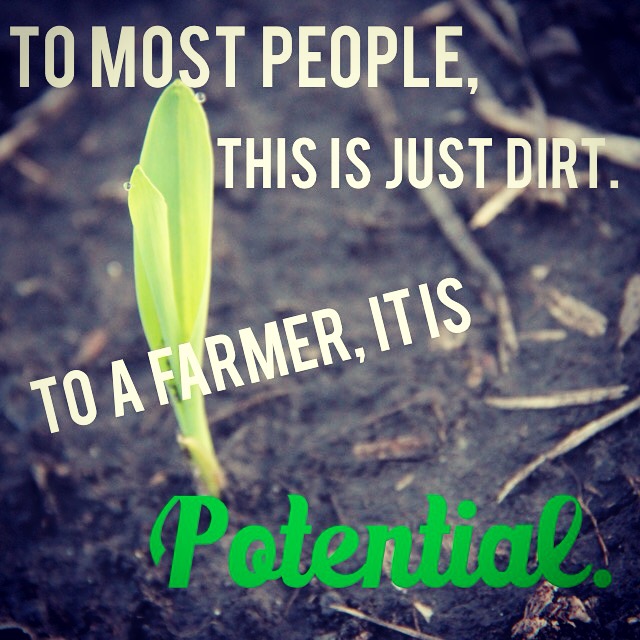It’s Planting Season
As we embark on our planting season there are many things we do in preparation for the upcoming crop. We actually begin planning in the winter starting with determining what crops go in what fields. We use a three-year crop rotation. Within three years, we actually plant 5 different crops. This rotation helps us to increase soil health, decrease nutrient runoff and pollution, maximize nutrient efficiency, and decrease disease problems.
Our rotation starts in year 1 with corn. This is followed immediately (sometimes while the corn is still standing) with a cover crop. Year 2 starts with full-season soybeans. They are harvested in October and followed immediately with winter wheat. The wheat grows over the winter and is harvested the next June (year three). This is followed immediately by soybeans again. That’s five different crops in three years. The corn and the wheat both require large amounts of nitrogen and get similar diseases. Soybeans create their own nitrogen and put some back into the ground. Planting soy in between corn and wheat allows us to put some Nitrogen back into the ground for those crops and breaks the cycle of disease between the two crops. The cover crops after corn is not harvested, but soaks up excess nutrients (if the corn did not use them all) so that they don’t get into the water table, adds organic matter to the soil, and helps to break up and aerate the soil (we use tillage radishes that drill large taproots down into the soil).
So, each crop not only provides us with a product to harvest (except the cover crop), but has a purpose in keeping our soils and crops healthy and productive. It also keeps the soil covered year-round to reduce erosion. As our soil is our most valuable asset, we do all we can to ensure that it remains in place and in peak health!







